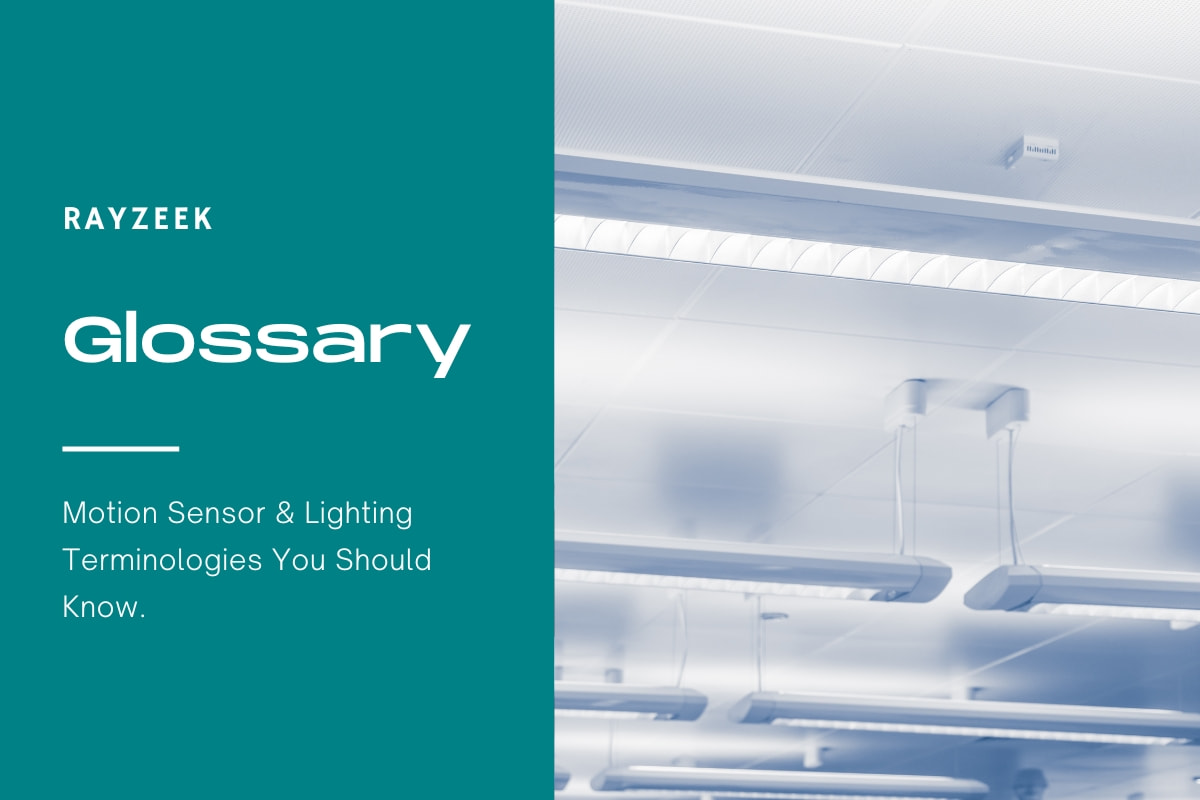What is Emergency Lighting
Emergency lighting refers to battery-backed lighting devices that are specifically designed to activate during power outages or when a lighting circuit fails. These lights provide illumination in emergency situations, ensuring the safety and security of individuals on the path of egress in residential, commercial, and industrial areas.
Emergency lighting facilitates safe evacuation and navigation along the path of egress during low-visibility conditions. It is mandated by federal, provincial, and/or association codes and criteria to promote building safety. These regulations require buildings to have sufficient lighting on the paths of egress, which must be well-maintained and meet specific illumination standards.
Looking For Motion-Activated Energy-Saving Solutions?
Contact us for complete PIR motion sensors, motion-activated energy-saving products, motion sensor switches, and Occupancy/Vacancy commercial solutions.
Emergency lighting also helps guide individuals within enclosed and open environments. It aids in locating safety equipment, identifying exit routes, and finding refuge and assembly points. By providing essential illumination and directing occupants to safe locations, emergency lighting helps reduce panic and ultimately saves lives.
Get Inspired by Rayzeek Motion Sensor Portfolios.
Doesn't find what you want? Don't worry. There are always alternate ways to solve your problems. Maybe one of our portfolios can help.
Frequently Asked Questions
What Is the Difference Between Emergency and Egress Lighting
Egress lighting consists of illuminated exit signs and other wayfinding devices that guide individuals along the designated path of egress within a structure or building. Unlike emergency lighting, egress lighting is mandated to remain illuminated continuously, regardless of the time of day or night, as long as the building is occupied and operational.
What Triggers Emergency Lighting
In case of a power outage, the lights are activated by the circuitry within the fixture, allowing occupants to safely exit the building. It is important to note that emergency lights are typically designed to provide a minimum of thirty minutes of battery-powered illumination, as required by building codes.
Where Are Emergency Lights Placed
Some typical locations for the installation of emergency or exit lighting include: windowless rooms that are larger than a broom closet, stairs designated as emergency exits, and aisles or corridors leading to an exit.
How Many Lumens Required for Emergency Lighting
Essentially, emergency lighting requires approximately one lumen per square foot of floor along paths of egress and exits.
Do Emergency Lights Use Electricity
Emergency and exit lights are typically connected to the building’s electrical system, but they require a secondary power source in case of a power outage.









